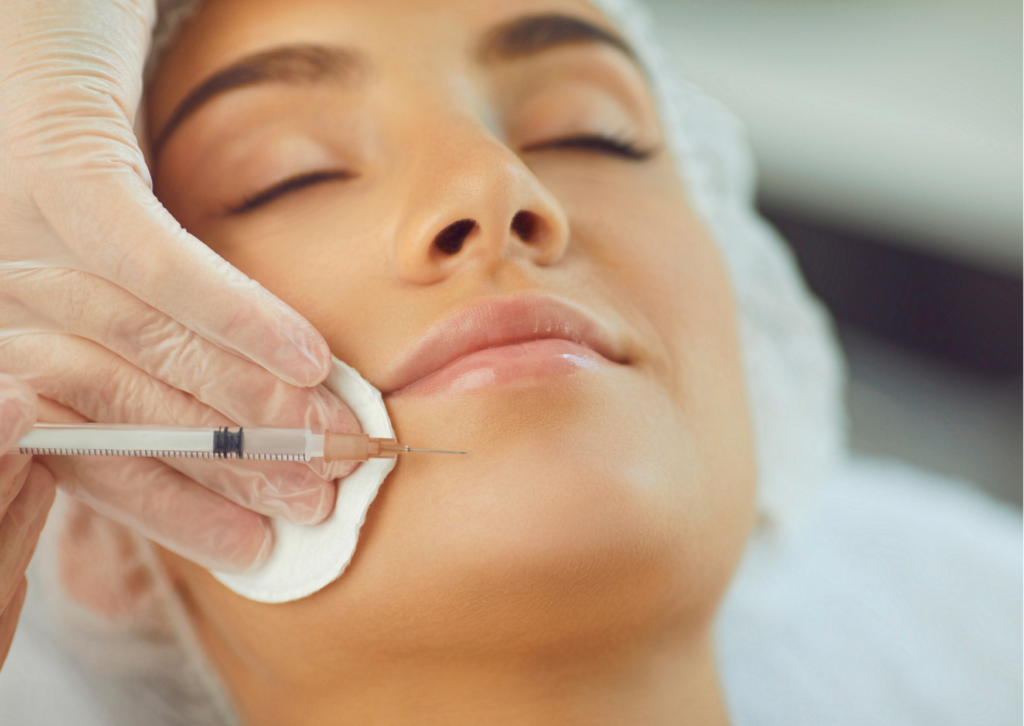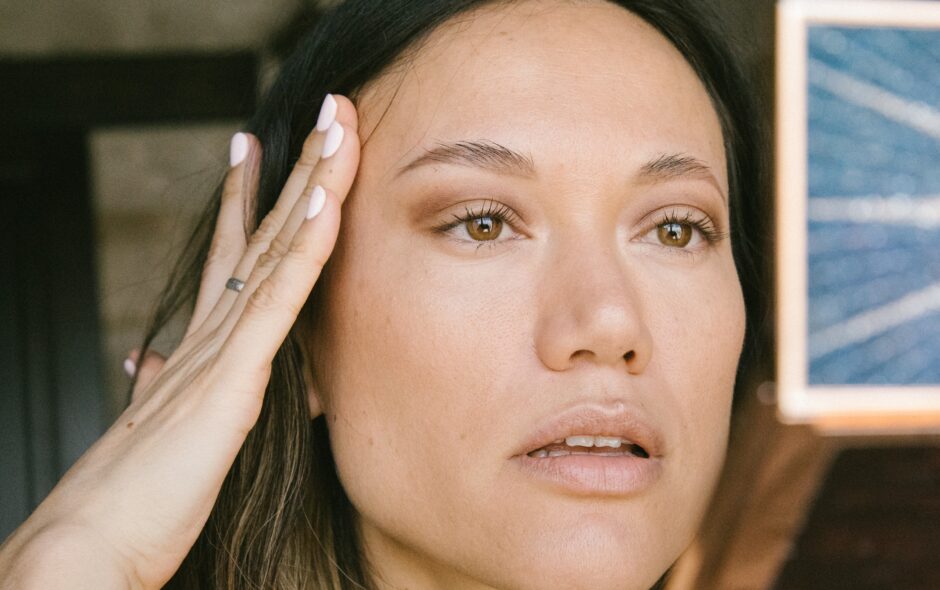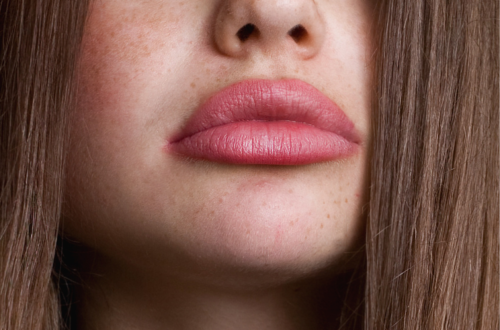Anti-ageing treatments and fillers are popular cosmetic treatments for reducing the signs of ageing, but they work in different ways and are used for different purposes.

So what exactly are Anti-Ageing and Filler treatments?
Anti-ageing treatments:
Anti-ageing treatments involve injectable treatment that uses a neurotoxin called botulinum toxin type A. When injected into the muscles of the face, it blocks the signals that tell the muscles to contract, which can help smooth out wrinkles and fine lines. It’s typically used to address forehead lines, frown lines, and crow’s feet around the eyes.
These treatments take only a few minutes, and the effects can last up to four months. There is no downtime required after the treatment, although some patients may experience mild bruising or swelling.
Fillers:
On the other hand, fillers are injectable gels made of hyaluronic acid, a substance found naturally in the body. They are used to add volume to areas of the face that have lost volume due to ageing, such as the cheeks, lips, and under-eye area.
The effects of fillers are immediate and can last anywhere from six months to two years, depending on the type of filler used. After the treatment, there may be some swelling and bruising, but downtime is minimal. The effects of fillers are immediate and can last anywhere from six months to two years, depending on the type of filler used. There may be some swelling and bruising after the treatment.
Both Botox and dermal fillers have their advantages as injectables, to make this clearer, below are some pros and cons of using dermal fillers and Botox:
Dermal Fillers:
Pros:
- Fillers can restore volume to the face and add definition to the cheeks, lips, and chin.
- Results are immediate and can last up to two years.
- Fillers can be used to address a variety of concerns, including fine lines, wrinkles, and acne scars.
- The treatment is relatively quick, taking only 15-30 minutes.
- There is no downtime required after the treatment.
Cons:
- Fillers can be expensive, especially if multiple sessions are required.
- After the treatment, there may be some swelling, bruising, and redness, although these side effects are usually mild and temporary.
- There is a small risk of complications, such as infection, allergic reaction, or the filler shifting or migrating from the injection site.
Botulinum Toxin A:
Pros:
- It can smooth out wrinkles and fine lines caused by muscle activity.
- Results are visible within a few days and can last up to four months.
- It is a relatively quick and easy procedure, taking only a few minutes.
- There is no downtime required after the treatment.
Cons:
- It can be expensive, especially if multiple sessions are required.
- The injections may cause mild pain or discomfort, although this is usually temporary.
- There is a small risk of complications, such as infection or allergic reaction.
- It can lead to a frozen or unnatural appearance if too much is injected or if the injections are not placed correctly.
Anti-ageing treatments and dermal fillers are often used for similar purposes but do differ in their action and purpose for facial rejuvenation, and it is very common to use them in combination. This combined approach can often lead to more optimum results, below are some instances where this is common.
- Addressing multiple concerns: Anti-ageing treatments and fillers are often used together to address multiple concerns on the face. For example, anti-ageing treatments may be used to smooth out forehead lines and crow’s feet, while fillers can add volume to the cheeks or lips.
- Enhancing the effects of fillers: Anti-ageing treatments can be used in combination with fillers to enhance their effects. By relaxing the muscles in the treatment area, it can help prolong the fillers’ results and prevent them from breaking down too quickly.
- Achieving a more natural-looking result: When combined, anti-ageing treatments and fillers can help create a more natural-looking result. By smoothing out wrinkles and restoring volume to the face, the overall effect can be a more youthful and refreshed appearance.
- Treating dynamic wrinkles: Dynamic wrinkles are wrinkles that appear when facial expressions are made, such as frown lines and crow’s feet. Anti-ageing treatments are often used to address these types of wrinkles, while fillers can be used to address static wrinkles, which are wrinkles that are present even when the face is at rest.
So which one should you choose, Anti-ageing treatments or Dermal Fillers?
If we were to address the question using each treatment in isolation, then anti-ageing treatments may be the better choice if you’re looking to address wrinkles or fine lines caused by muscle activity. If you’re looking to add volume to areas of the face that have lost volume due to ageing, such as the cheeks or lips, fillers may be the better option. However, as previously mentioned, they are very commonly used in combination, so a more pertinent question in a significant minority of cases would be which one should you use for certain areas or issues that arise in facial ageing and how is best to combine their effects to get most natural looking result.
Ultimately, we think the best way to determine which treatment is right for you is to schedule a consultation with a qualified cosmetic physician at our clinic KP Aesthetics who can evaluate your concerns and recommend a personalised treatment plan.




